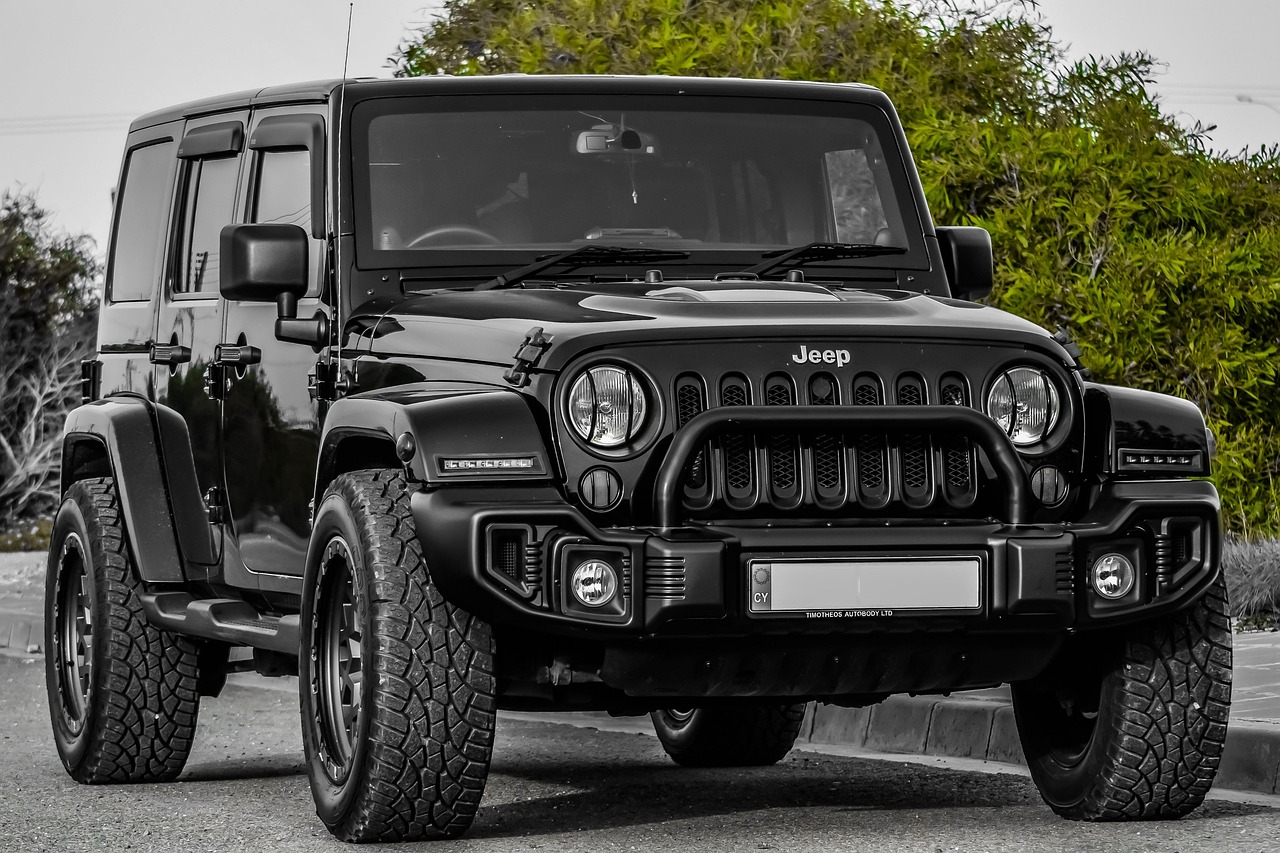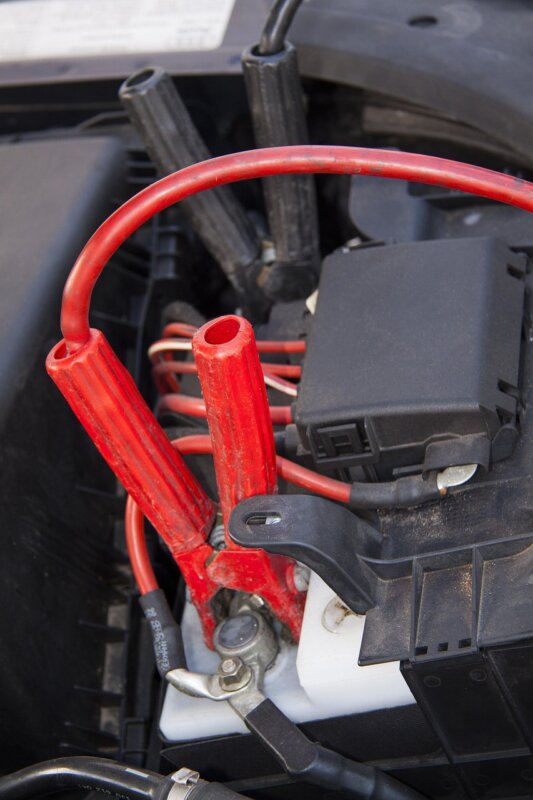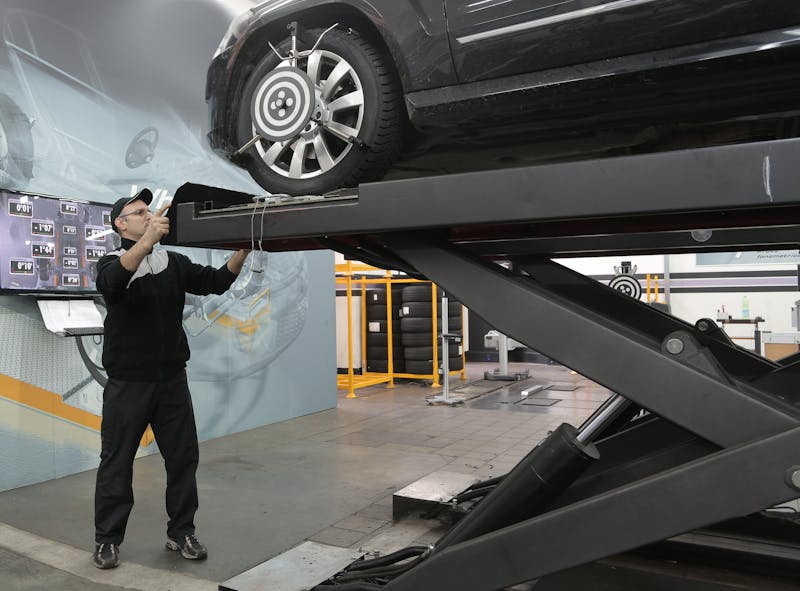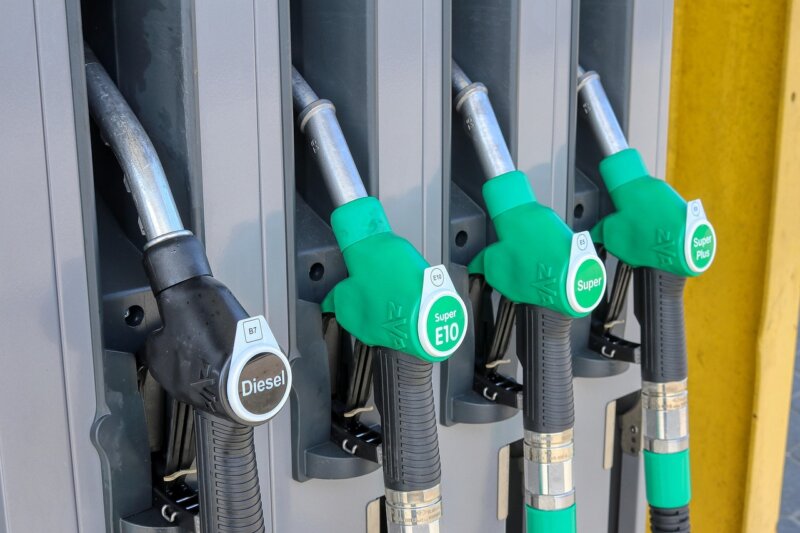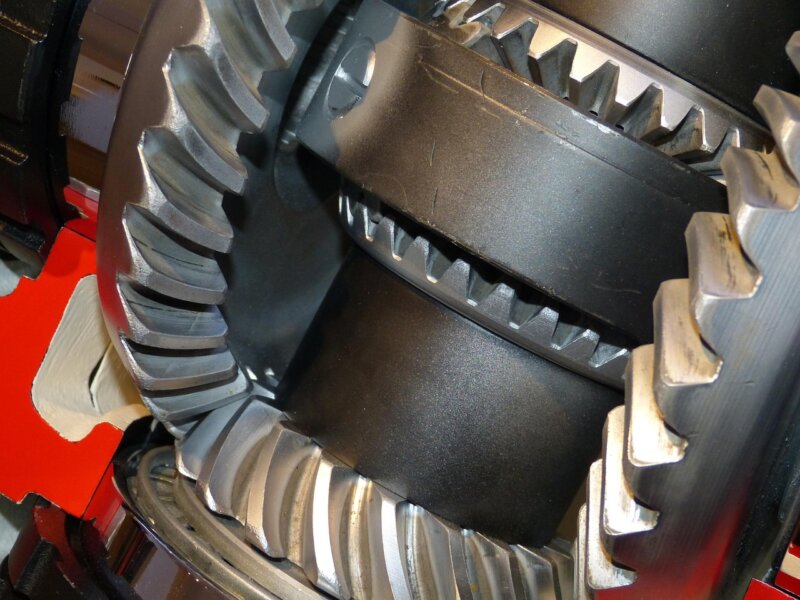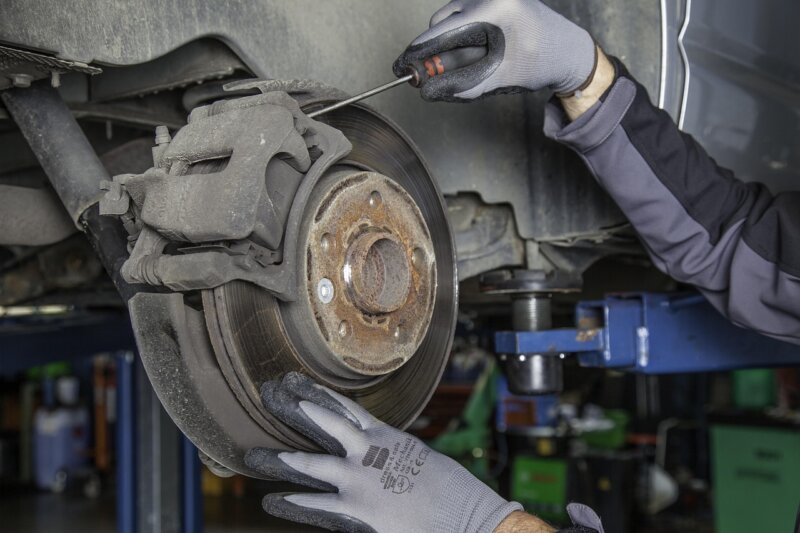Wet roads make tires spin. Steep trails can stop a stock SUV. The common link is your differential, the part that splits power side to side. Understand how it works and daily driving gets easier. This guide breaks down traction, torque, and performance in plain terms. You will see how each differential type affects vehicle stability on the street and offroad.
Understanding Open Differentials
An open differential is the standard setup in most cars. It sends equal torque to both wheels but lets them spin at different speeds. That makes turning smooth on city streets and highways. The design is simple, light, and efficient for regular use.
How open differentials work
The differential sits in the axle housing, part of the drivetrain. Inside are small gears that split engine power between the two axle shafts. During a turn, the inside tire follows a shorter path. It rotates slower. The outside tire covers more distance. It rotates faster.
Both wheels get the same torque, but wheel speeds can differ. This prevents tire hop and binding while cornering. It is a clean solution for paved roads with decent grip.
Advantages and limitations for daily driving
Open differentials feel smooth and predictable in traffic. Cost is low, and maintenance is light. For many drivers, that is enough.
The flaw shows up on slick surfaces. If one tire slips, the diff feeds power to that tire. The other tire may not move at all. On ice, wet grass, or mud, this can stall progress. Power distribution turns inefficient, and vehicle performance drops right when traction matters.
Limited-Slip Differentials (LSD)
A limited-slip differential, or LSD, adds traction control inside the axle. It limits how fast one wheel can spin compared to the other. That helps on rain, snow, or gravel. Street handling also improves, especially during hard acceleration.
How LSDs differ from open differentials
An open diff lets torque escape through the wheel with the least grip. An LSD resists that speed difference. When a tire starts to spin, the unit adds internal friction or control logic. More torque then reaches the tire with traction. Stability improves coming out of a corner. Traction improves in a straight line too.
Types vary. A 1-way LSD helps while accelerating. A 1.5-way adds some help while braking. A 2-way works during acceleration and braking. Early use started in racing in the 1930s. Today they appear in many performance and offroad builds.
Benefits of LSDs in low-traction conditions
LSDs reduce wheel slip and keep the car moving. On wet roads, both tires share work instead of one spinning away power. Corner exit feels cleaner and more controlled. Drivers sense a stronger push without extra drama.
There are several versions. Clutch-type units use plates to add friction. Viscous types use thick fluid. Mechanical, hydraulic, and electronic systems manage slip in other ways. The goal is the same. Keep useful torque going to the tire with grip.
Locking Differentials
Locking differentials, often called lockers, make both wheels turn together. They do this even if one wheel has zero grip. That can be a lifesaver on tough trails or in deep ruts. Many drivers choose lockers for fourwheel drive trips that demand maximum traction.
Mechanism of locking differentials
A locker connects both axle shafts with a locking mechanism. With the lock on, there is no wheel speed difference. Both tires turn at the same rate and both receive torque. That prevents a single tire from free spinning while the other sits still.
There are different ways to engage a locker. Manual units use a lever or knob in the cabin. Electric lockers use a switch and two wires. Air lockers use air lines, solenoids, and often a compressor. Drop-in lockers cost less but can wear faster. Full spools replace the differential and stay locked at all times. They belong on trail rigs or race vehicles, not daily drivers.
Ideal use cases: off-road and high-traction needs
Offroad travel demands steady traction. Lockers send full torque to both wheels on an axle. Even with one tire in the air, the other still drives. That is valuable on rocks, mud, or deep sand. A selectable locker lets you choose normal mode for street, then lock for the obstacle.
Road manners can suffer when locked. Turning on pavement needs tire scrub. Steering also gets heavy if the front axle is locked. Many drivers lock the rear only and save the front for rare cases. This keeps handling safer and still offers strong grip when needed.
Comparisons: Open vs. LSD vs. Lockers
Each differential type trades comfort, traction, and cost in different ways. Your choice affects handling, tire wear, and long term maintenance. Think of how and where you drive. Match the hardware to the job.
Key differences in functionality and performance
Open differentials shine on dry pavement. They are smooth and efficient, but they struggle the moment a wheel slips. Limited-slip units step in to limit that slip. You get better power delivery and improved control in rain or light snow. Many drivers prefer LSDs for street and even track days.
Lockers take traction further. Both wheels spin together, which is perfect for offroad use. Selectable lockers turn on only when needed. That keeps street handling reasonable, then gives full grip on the trail. Care needs differ. Open diffs need the least attention. LSD clutches wear over time. Lockers need checks too, but many last a long time with proper service.
Some high end cars use clever brake controls with open diffs. McLaren’s EBS can slow a spinning wheel to shift torque across the axle. That system can boost performance without a mechanical LSD.
Which differential suits daily driving?
For daily use, most cars ship with an open diff. It offers smooth turning, low cost, and good fuel economy. That fits city streets and highway miles.
An LSD adds security in bad weather and during towing. Some trucks include LSDs or even electric lockers in certain trims. Examples include Toyota Tundra, Ford Super Duty, and Jeep Wrangler Rubicon. Lockers are rare for commuter cars. They increase cost and can feel rough on pavement. Most drivers will be fine with an open diff or a smart LSD upgrade.
Choosing the Right Differential for Your Needs
Pick based on the way you drive and the places you drive. City routes and school runs need comfort and low upkeep. Mountain trips or trail rides need traction first. Start with your needs, then choose the hardware that supports them.
Assessing driving habits and terrain
Map out your routine. Do you face rain, snow, or gravel often? An open diff works for dry commutes. It may struggle on ice or slick clay. Offroad drivers do better with a locker. Both wheels drive together, which helps with steep climbs and ruts.
Live in a wet or snowy area? An LSD can be a smart middle ground. Stronger axles can help as power and tire size go up. A Dana 60 has a 9.75 inch ring gear. That adds strength for heavy use. A Ford 9 inch axle is also popular. Wall thickness and parts support matter as much as size.
Think about gear ratio changes while you are in there. Labor overlaps with locker installs. Doing both at once can save money later. The right ratio restores pep after bigger tires and can ease highway cruising.
Balancing cost, performance, and maintenance
Open diffs keep costs down and last a long time. The tradeoff is weak traction in bad conditions. For many drivers, that is acceptable.
LSDs cost more but pay off with better traction and stability. Clutch types need fluid service and may need rebuilds after long miles. Mechanical and electronic systems vary by brand and model.
Lockers deliver maximum grip for offroad use. Street comfort drops when locked, and tires can wear faster if misused. Plan for some extra checks and clear service intervals. If unsure, ask a trusted mechanic to help pick and install the right parts.
Bottom Line
Your differential affects every start, stop, and turn. Open types offer smooth manners and low cost, but traction drops fast on slick ground. LSDs add grip and control for daily driving, wet weather, and towing. Lockers rule on tough offroad trails, yet most commuters do not need them.
Match the choice to your routes, climate, and traction goals. If plans include heavy towing or regular trail days, look at an LSD or a selectable locker. For city use with rare snow, an open diff may be fine. When changing hardware, confirm gear ratio needs and service support. If in doubt, consult a certified technician for advice and safe installation.

